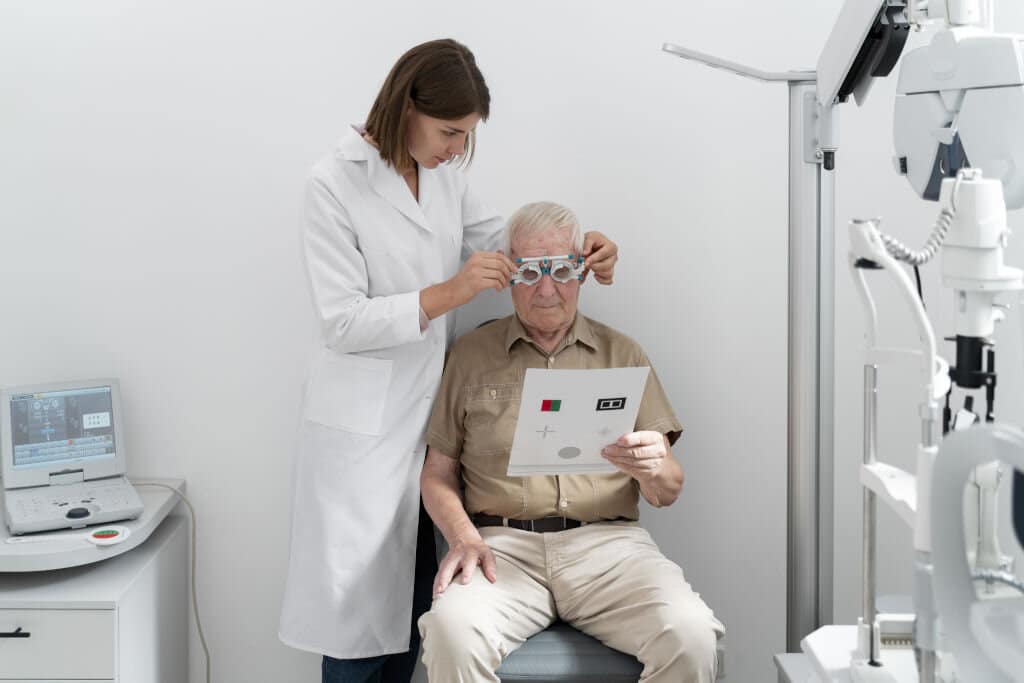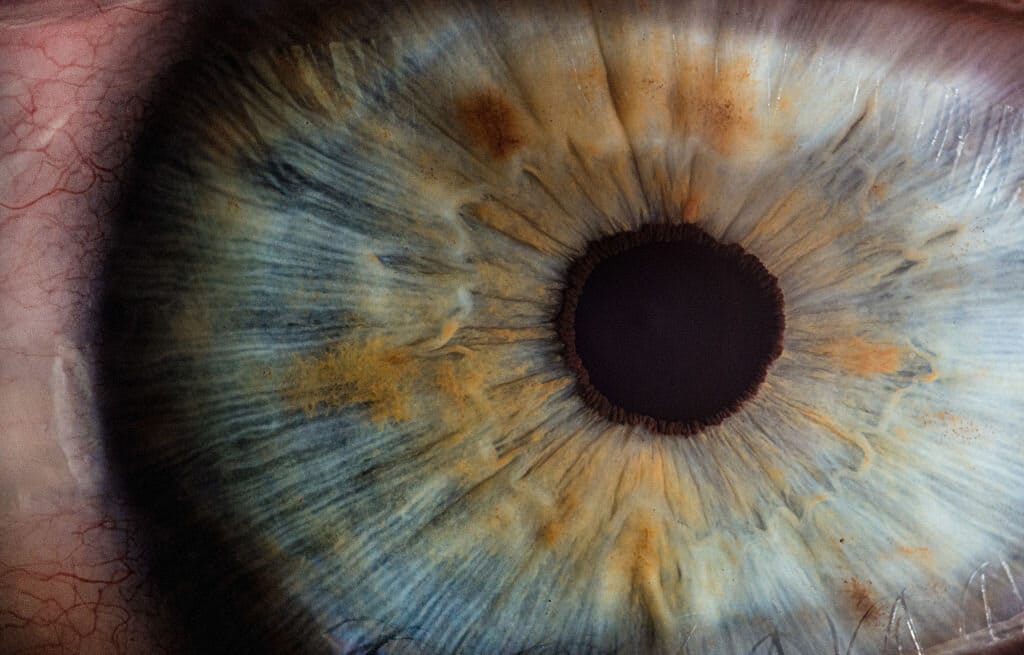For the eyes to create an image, light rays strike the retina and travel through the translucent vitreous humor. The vitreous humor is located between the lens and the retina. It is 99 percent water, with the remaining components being collagen and hyaluronic acid, giving it its semi-solid consistency. Each eye’s vitreous humor, which is translucent and 4 milliliters, takes up 80% of the eye space. Hence, vitreous hemorrhage is the presence of blood in the vitreous humor.
Why is Vitreous Hemorrhage Damaging?
The eye is a delicate organ and must be treated with care. A little scratch on the cornea can make one go a few days with an eyepatch. However, when there is blood involved, especially in the vitreous humor, it may spell trouble.
If the blood in the vitreous humor is a tiny amount, there is a chance that visibility will begin to blur. When the amount is excessive, there will be a near-total loss of eyesight. This is because it makes the vitreous humor opaque.
The damaging result of the hemorrhage makes this condition very alarming. Hence, importance is given to emergency care to prevent total loss of sight.
Vitreous hemorrhage can be caused by different factors that may not be the victim’s fault. It could be blamed on a negligent or malicious third party who tampered with the eyes.
In some other instances, it could be due to the negligence of an ophthalmologist during a surgical procedure.
In both instances, unlawful harm has been caused to the eyes, and legal action can arise from it. Medical animation can be used as a form of medical illustration in court to prove the cause and the extent of vitreous hemorrhage.

Vitreous Hemorrhage Caused By Medical Malpractice
An ophthalmologist can harm the eye of the patient during a procedure by making a fundamental mistake. This can include making a wrong cut or ignoring an evident sign of complications.
It can be horrifying that the procedure meant to improve the eye can make it even worse than before the surgery.
A case in point is that of Rozon v. Schottenstein. Here, a New York appeals court awarded the patient $1.2 million because of medical malpractice that caused sight loss. The sight loss happened after cataract removal and lens replacement surgery.
During the surgery, the defendant successfully removed most of the nucleus of the cataract lens. However, a challenge arose when the capsular bag tore. This caused a piece of the lens to drop back into the patient’s eye.
The defendant’s actions to salvage the situation only aggravated the complications and caused the patient her sight.
Moving forward, it should be noted that medical malpractice regarding vitreous hemorrhage is not limited to just ophthalmologists. Assisting doctors and nurses can also be guilty of malpractice.
This played out in the case of a 57-year-old Virginia woman scheduled to undergo cataract surgery on her right eye.
All hell broke loose when a nurse anesthetist punctured her eyeball twice while inserting the needle for a supratemporal anesthetic injection. The double perforation of the eyeball led to a vitreous hemorrhage.
Due to the hemorrhage, the plaintiff became legally blind in her right eye. She was awarded damages of $450,000 against the defendant.
Vitreous Hemorrhage and Trauma
It is essential to note that vitreous hemorrhage is not caused by only medical malpractice. It can also be a result of trauma to the eye.
The trauma to the eye may be blunt or one that’s penetrating.
According to the American Academy of Ophthalmology, blunt and perforating trauma is the leading cause of vitreous hemorrhage in persons below 40 years.
Even though a person can receive trauma to the eyes without another person responsible for it, in some circumstances, it can be the fault of a third party, whether by a direct assault or an act of negligence.
Illustrating the Causes of Vitreous Hemorrhage Using Medical Animation
Most times, the most we notice about a person’s eyes whenever we meet them is the radiant color and possibly the shape that makes it unique. This is especially true for someone who is not alert to eye mechanics.
Therefore, it is clear that if a juror is not knowledgeable in the workings of the eye and the various microscopic parts that make the eye function correctly, getting a complete understanding of a case regarding vitreous hemorrhage may be difficult.
How, then, can this issue be ironed out?
It’s simple—through the use of medical animation.
Medical animation is a court tool that helps to shed more light on medical evidence brought for consideration in a court of law.
It is basically the visualization of medical evidence while dissecting complexities to accommodate jurors who may not know the aspect of medicine under consideration.
With medical animation, the eye condition before the surgery and the effect of a wrong perforation or any other wrong move can be depicted. This comes to play when the hemorrhage is a result of medical malpractice.
Similarly, if caused by trauma, the force exerted on the eye can be animated while immediately giving an insight into how the human eye would receive such a blow.
Conclusion
Vitreous hemorrhage is a harmful condition that can put the eye at risk and cause total loss of sight if urgent medical help is not received. When it happens, medical animation can be used to visualize the injury should the case spring up in court.
In all of these animations, attention to detail with a tinge of precision is required. Animators must also combine accuracy and medical significance to create a piece of formidable evidence. All of these can be attained with Fox-AE.
Fox-AE is an engineering studio committed to creating accurate and judicially significant medical animations that will help bring a measure of definition to specific cases.
With our team of experts, it is possible to reach the peak use of demonstrative exhibits in a medical court case.






